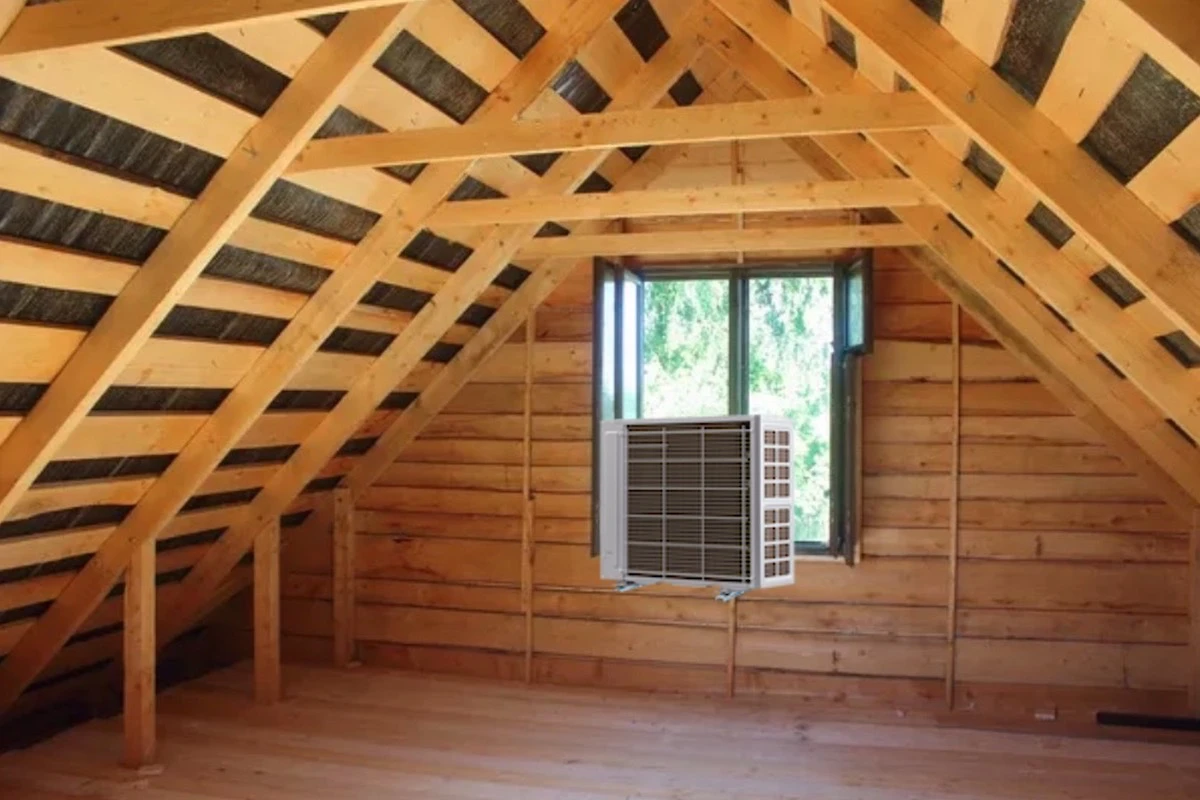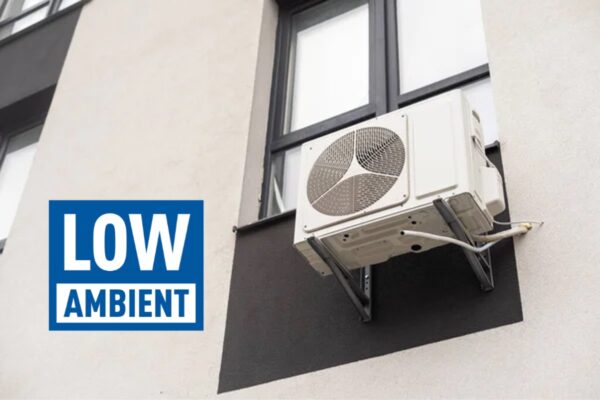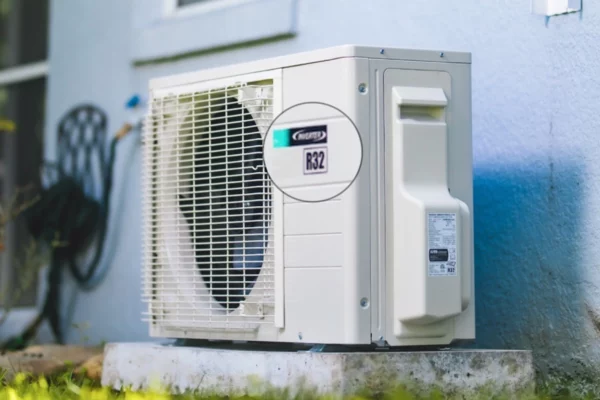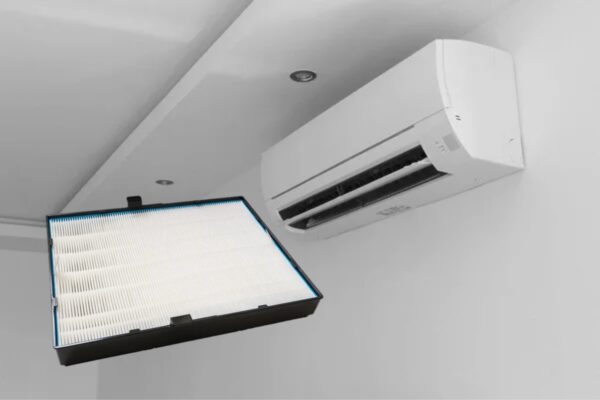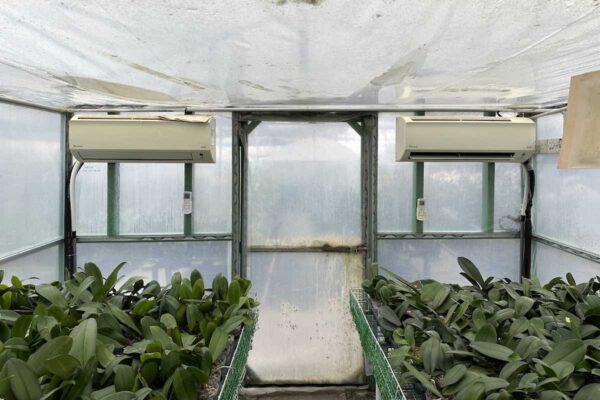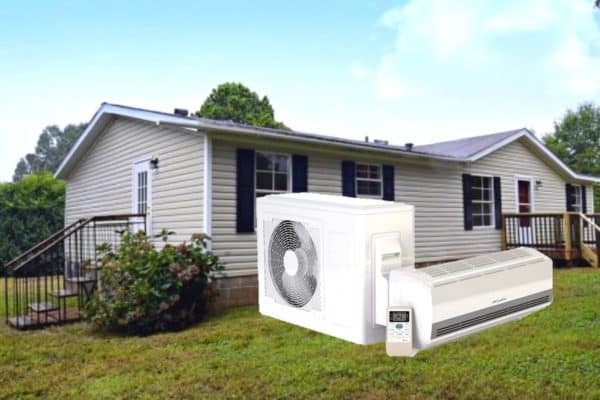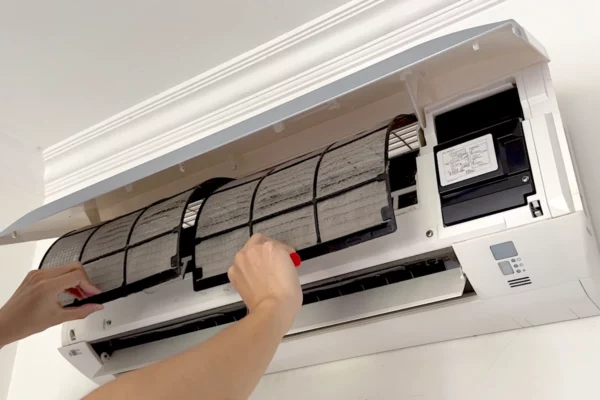Can Mini Split Condenser Be Installed in Attic?
Mini split condenser is an important piece of equipment. It is the heart of the mini split system. Some people want it to be installed in the attic but they wonder if it’ll work. So, I’ll explain how the system works and what can be done.
Under most circumstances, it is not recommended to install a mini split condenser in the attic. However, it is possible to install a mini split condenser in the attic given that the attic space temperature is within the operating temperature recommended by the mini split manufacturer.
The attic is not the best place for mini split condenser. However, there are things that you can do to make this work without sacrificing much of the performance and lifespan of the mini split system.
How Mini Split Works?
There is a reason why mini split condenser is not recommended to be installed in the attic. Understanding how a mini split works can give you more insights.
A mini split system consists of two separate units known as the condenser and the evaporator.
The condenser is also known as the outdoor unit and the evaporator is also known as the indoor unit.
Nowadays, mini splits can heat and cool.
In cooling mode, the evaporator absorbs heat and the condenser rejects heat to the surrounding air. In heating mode, the condenser absorbs heat from the surrounding air. The heat is then transferred to the evaporator to provide warm air.
The mini split system transfers heat between the evaporator and the condenser via the refrigerant line.
Whether it is cooling or heating, the mini split condenser needs the outside air to function. Without it, the condenser will suffer performance degradation or stop working.
Mini Split Operating Temperature
Every mini split has an operating temperature range. This is a requirement provided by mini split manufacturers, and different mini splits have different requirements.
Take this Senville LETO mini split as an example. From the attached specification sheet, the outdoor unit operating temperature in cooling mode is between 5°F and 122°F.
So, if your attic space temperature is too high (exceeds 122°F), the mini split will not work.
During summer, the outdoor temperature can easily reach 100°F in some places. Given that hot air naturally rises and the attic is right under the roof, the attic space temperature could easily stop a mini split from working due to overheating.
Therefore, you must ensure that the attic space temperature does not exceed the maximum operating temperature of the mini split condenser in order for it to function properly.
See which of the best mini splits have the widest operating range.
A few options to reduce the attic space temperature will be discussed in the following. Some of them require additional cost if you’re keen to install the mini split condenser in the attic.
Installing a Mini Split Condenser in Attic
In order to install a mini split condenser in the attic and have it work properly, the mini split condenser should be positioned such that warm air is blowing directly out of the attic, through an attic gable grille.
To ensure the warm air exits the attic efficiently, a short piece of duct may be attached to the discharge side of the mini split condenser. However, this may be considered an illegal modification which may lead to a warranty void.
With the discharge air being handled, next is the control of the attic space temperature to ensure the operating temperature requirement of the mini split condenser is met.
Controlling Attic Space Temperature
A power ventilation system is needed to introduce outside air into the attic to keep the attic space temperature below the maximum operating temperature of the mini split condenser.
As mentioned earlier, mini split condenser needs the outside air to function. With a ventilation system in place, the attic space temperature is approximately the same as the outdoor temperature.
The power ventilation system should consist of a ventilation fan controlled by a thermostat. The thermostat is set to operate the fan whenever the attic space temperature rises above the setpoint. This affordable Attic Ventilator is a good example.
With that, the attic space temperature can be controlled for the mini split condenser.
In addition, the attic should also be well insulated to shield away the heat during summer and keep the heat inside during winter. Without insulation, the attic space temperature will fluctuate greatly, resulting in the need of a more powerful ventilation system.
Once the attic space temperature is controlled, a mini split condenser can be installed in the attic and no performance issue should be seen.
Handling Mini Split Condensate Water
In heating mode, the mini split condenser produces condensate water. Normally, this condensate water will drip on the ground. But, if the mini split condenser is placed in the attic, the condensate water must be channeled outside via a drain pipe.
To prevent the condensate water from freezing, a Heat Trace may be required along the drain pipe. In addition, a Drain Pan may be required under the mini split condenser to catch the condensate water.
By the way, if you want to learn more about mini split especially how to design it for your house, consider my Mini Split (eBook). You’ll learn what is Mini Split, how to choose and more importantly, spark more design ideas to improve the energy efficient of your house. But, if you need a second opinion or want someone to help you design, then you can consider my consultation service.
Consultation Service
Ask me for HVAC advice such as brand selection, best model, benefits, features, placement, duct size, grille size, how to design, design check, verification and other HVAC related queries.
My Past Experience
In one of my past projects, we are required to install a series of large VRF condensers in the basement. The basement is an enclosed space just like the attic.
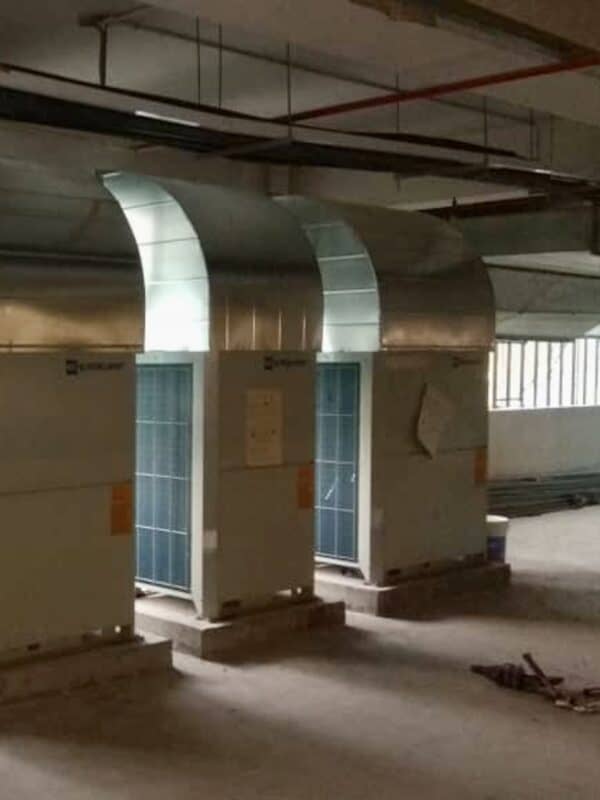
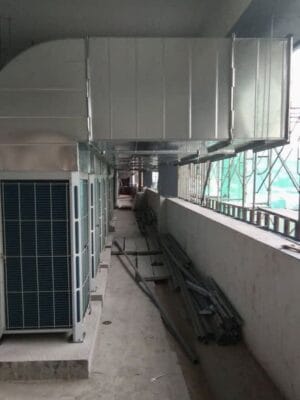
To ensure that these condensers are able to function, we installed large grilles to allow the outside air to flow into the space around the condensers. Then, we install a short piece of duct to channel the condenser discharge air directly outside the basement.
We even considered a ventilation system to support the outside airflow but we found the setup is sufficient for the VRF system to function. So, we ended up omitting the ventilation system.
Potential Hassles with Mini Split Condenser in Attic
Although it is possible to install a mini split condenser in the attic, there are a few potential hassles that you may face while doing so.
Warranty Void
Almost all manufacturers and contractors will not provide any sort of guarantee or warranty if you insist to put the mini split condenser in the attic. I quote the following clause:
“Failure, damage or repairs due to faulty installation, misapplication, abuse, improper servicing, unauthorised alteration or improper operation.”
from MRCOOL DIY Product Warranty Document
Contractors also don’t wish to take the risk as such an installation location is not something that is recommended by the manufacturer. However, experienced contractors may do so.
Performance Degradation
Even with a power ventilation system, a mini split system with the condenser located in the attic will operate less efficiently than a mini split system with the condenser located in a well-ventilated space.
Heat can build up easily in the attic. A power ventilation system merely keeps the attic space temperature below the maximum operating temperature of the mini split condenser. However, the mini split condenser is constantly working under a high-temperature environment.
If the surrounding air is warm, the mini split condenser will not reject heat efficiently. Thus, your energy cost will increase. How much it affects the mini split system will depend on the attic condition. The warmer the attic space, the greater the electricity consumption.
Low Condenser Airflow
As mentioned earlier, in order to effectively channel the warm air out of the attic, a short piece of duct can be attached to the discharge side of the mini split condenser.
However, if the duct length needs to be extended due to space constraint, the additional air resistance in the duct will reduce the mini split condenser airflow which reduces the heat transfer efficiency and increase energy usage.
Furthermore, if the power ventilation system does not have a large enough intake air grille, it could create a negative pressure in the attic. This will put stress on the mini split condenser as it tries to push more air of the attic.
Maintenance Work
Believe it or not, depending on the outdoor air condition, the mini split condenser rarely needs to be cleaned when located outside the house.
Conversely, if the mini split condenser is installed in the attic, more dust will be trapped on the cooling fins. Thus, more regular maintenance work is needed.
In addition, you’ll need to pull a water hose or bring a bucket of water up to the attic for the maintenance of the mini split condenser which is inconvenient compared to a mini split condenser that is located outside the house.
Benefits of a Mini Split Condenser in Attic
Though there are many disadvantages of installing a mini split condenser in the attic, many people are still withholding this idea due to several benefits that it offers:
- Improved Aesthetics – Putting the mini split condenser in the attic means you don’t have one outside your house which can keep the outside of your house nice and clean.
- Save Space – Not all houses have spare space for a mini split condenser. Hence, the attic may be the only choice of installation location in order to harvest the benefit of mini split systems.
- Improved Efficiency – If you have a central air conditioner in the attic, you may find the attic space is cold due to minor acceptable leakages in the ductwork. In this case, the mini split condenser will operate more efficiently due to the low surrounding air temperature.
Mini Split Condenser in Attic: The Big NO-NOs
Here are a few things you MUST NOT DO when trying to install a mini split condenser in the attic:
- DO NOT discharge the mini split condenser air into the attic space.
- DO NOT leave the attic space temperature uncontrolled.
- DO NOT leave the mini split condenser unchecked for a prolonged period of time.
- DO NOT forget about the condensate drain pan if the mini split has a heat mode.
Conclusion
It is possible to install a mini split condenser in the attic. However, the attic space temperature must be controlled and preventive measures must be in place to prevent the condensate water from freezing during winter.
Other than that, you should expect the mini split system to run less efficiently. Also, you’ll need to check and clean the mini split condenser more frequently.
If done properly, you can keep the mini split condenser away from the exterior wall of your house, save space and even improve the efficiency of the mini split system with a cold attic space.
Most importantly, avoid the big no-nos and keep the attic space temperature as close to the outdoor temperature as possible to keep your mini split system functioning properly.
Lastly, consider my Mini Split (eBook) if you want to know how can you use Mini Split in your house. If you still have doubt or not feeling confident enough, feel free to consult me.
Consultation Service
Ask me for HVAC advice such as brand selection, best model, benefits, features, placement, duct size, grille size, how to design, design check, verification and other HVAC related queries.
If you have anything to add (or ask) about this topic, leave a comment down below!


